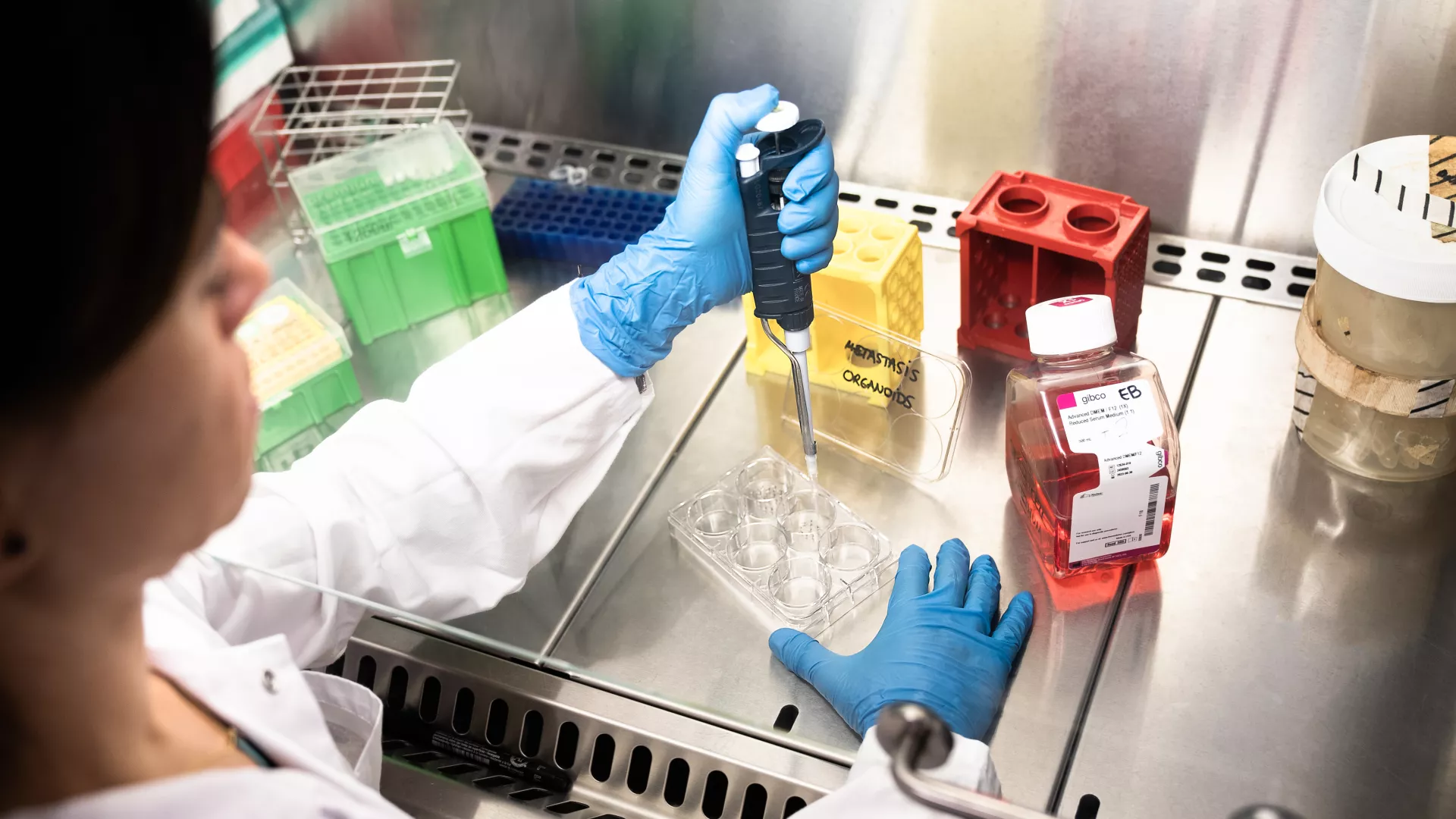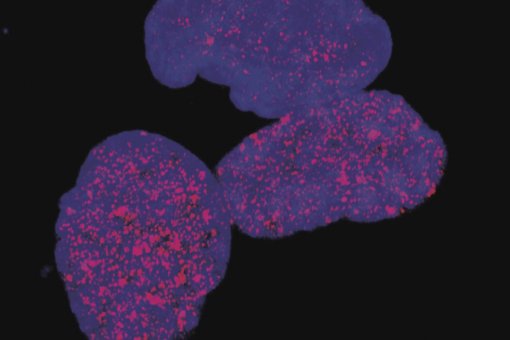Images
Contact

• This transformation, which is common in embryonic development, is very similar to the process undergone by metastatic tumour cells.
• The gene GATA 6 is sufficient and necessary for this change to happen. This gene is associated with many tumours of endodermal origin, such as those of the liver, pancreas and colon.
Researchers at the Institute for Research in Biomedicine (IRB Barcelona) have identified the gene GATA 6 as responsible for epithelial cells -which group together and are static- losing adhesion and moving towards a new site. This process, which is common to developing organisms, is very similar to one that occurs in metastasis, when tumour cells escape from the original tumour and invade new tissue. “This process explains why Gata 6 is found in cancers of the liver, pancreas and colon, thus allowing tumour cells to acquire metastatic properties”, stresses Jordi Casanova, head of the Drosophila Morphogenesis group at IRB Barcelona and CSIC professor. The journal Developmental Cell is to publish the results of this study this week.
In addition, Gata 6 triggers a genetic programme that favours the survival and adaptation of cells in new tissue. It also promotes the expression of some enzymes, the so-called metalloproteases, which degrade the cellular matrix, thus allowing cells to migrate and enter new tissue. Furthermore, Gata 6 induces the gene Forkhead, which is a survival factor. “When cells start migrating they are subjected to many changes and to stress, and in these adverse conditions many can die. This gene protects them against death”, explains Kira Campbell, “Juan de la Cierva” post-doctoral fellow with Casanova’s lab and first author of the article. Tumour cells hold metalloproteases and Forkhead.
From the Drosophila fly to cancer
Once again the small fly D. melanogaster, used in developmental studies, has shed light on processes linked to cancer. Casanova’s team, which specializes in morphogenesis, has revealed the mechanism by which epithelial cells transform into mesenchymatic cells during gut development in fly embryos. The Drosophila gut is an endodermal organ, as is the colon, the liver and the pancreas. “What we have discovered is that the programme that we have characterized for the first time is specific for endodermal tissues”, explains Casanova.
Having identified the genetic programme that favours this transformation in Drosophila, Casanova contacted Eduard Batlle’s lab, which focuses on colorectal cancer and is also at IRB Barcelona. The aim was to test whether the homologue gene in mammal cells had the capacity to produce this same change. Their studies showed that this gene homologue, GATA 6, is conserved and confers cells the same capacities as those observed in the fly. “We started off with a strictly basic research line in development and have ended up with a collaboration with the Oncology Programme to address possible implications in cancer”, says Casanova, emphasizing the multidisciplinary nature of the study. His lab now wishes to turn its attention to other members of the GATA family. “For example, pancreatic cancer has very poor prognosis. Our research can contribute to furthering understanding of the genetic bases of endodermal tumours and may speed up the detection of possible therapeutic targets”.
Reference article:
"Specific GATA factors act as conserved inducers of an endodermal-EMT". Kyra Campbell1, Gavin Whissell, Xavier Franch-Marro, Eduard Batlle, Jordi Casanova
Dev Cell (2011): doi:10.1016/j.devcel.2011.10.005
About IRB Barcelona
The Institute for Research in Biomedicine (IRB Barcelona) pursues a society free of disease. To this end, it conducts multidisciplinary research of excellence to cure cancer and other diseases linked to ageing. It establishes technology transfer agreements with the pharmaceutical industry and major hospitals to bring research results closer to society, and organises a range of science outreach activities to engage the public in an open dialogue. IRB Barcelona is an international centre that hosts 400 researchers and more than 30 nationalities. Recognised as a Severo Ochoa Centre of Excellence since 2011, IRB Barcelona is a CERCA centre and member of the Barcelona Institute of Science and Technology (BIST).




